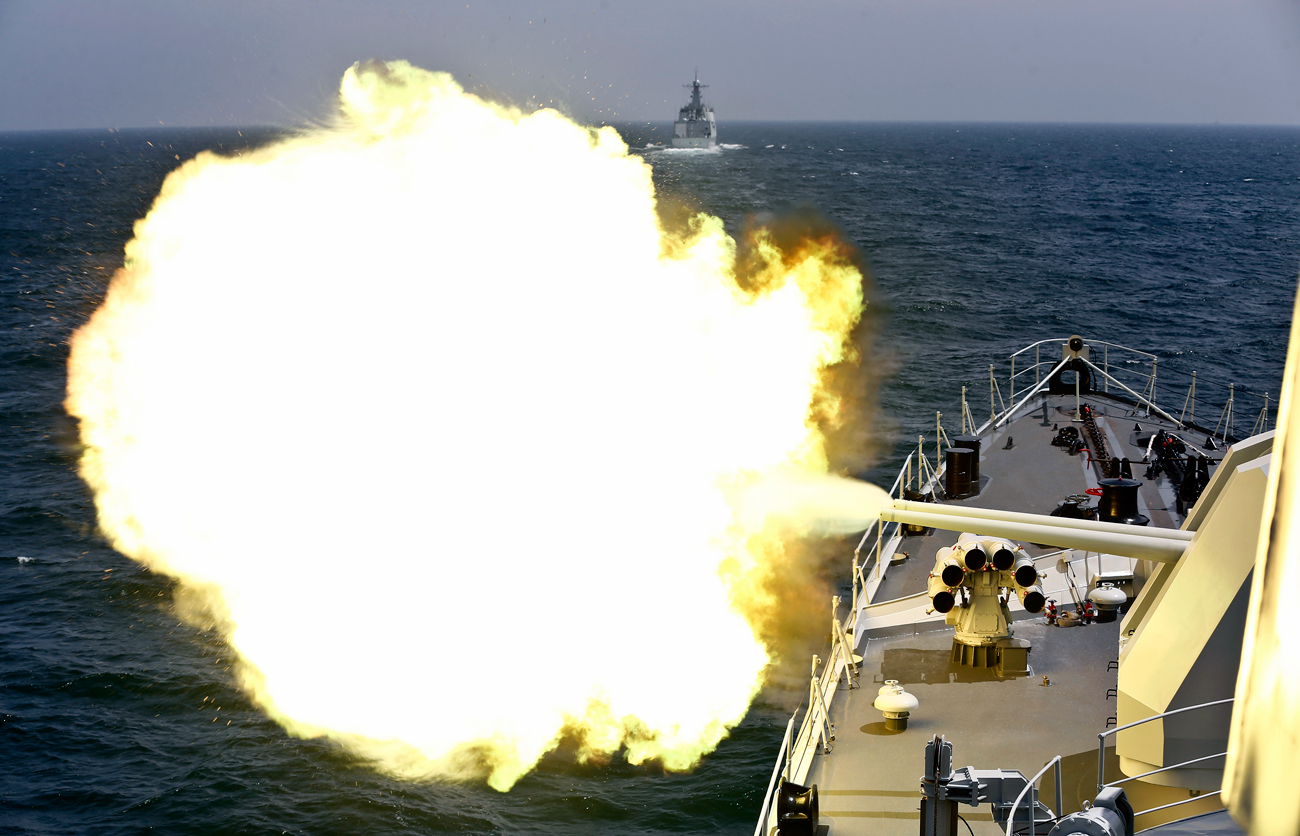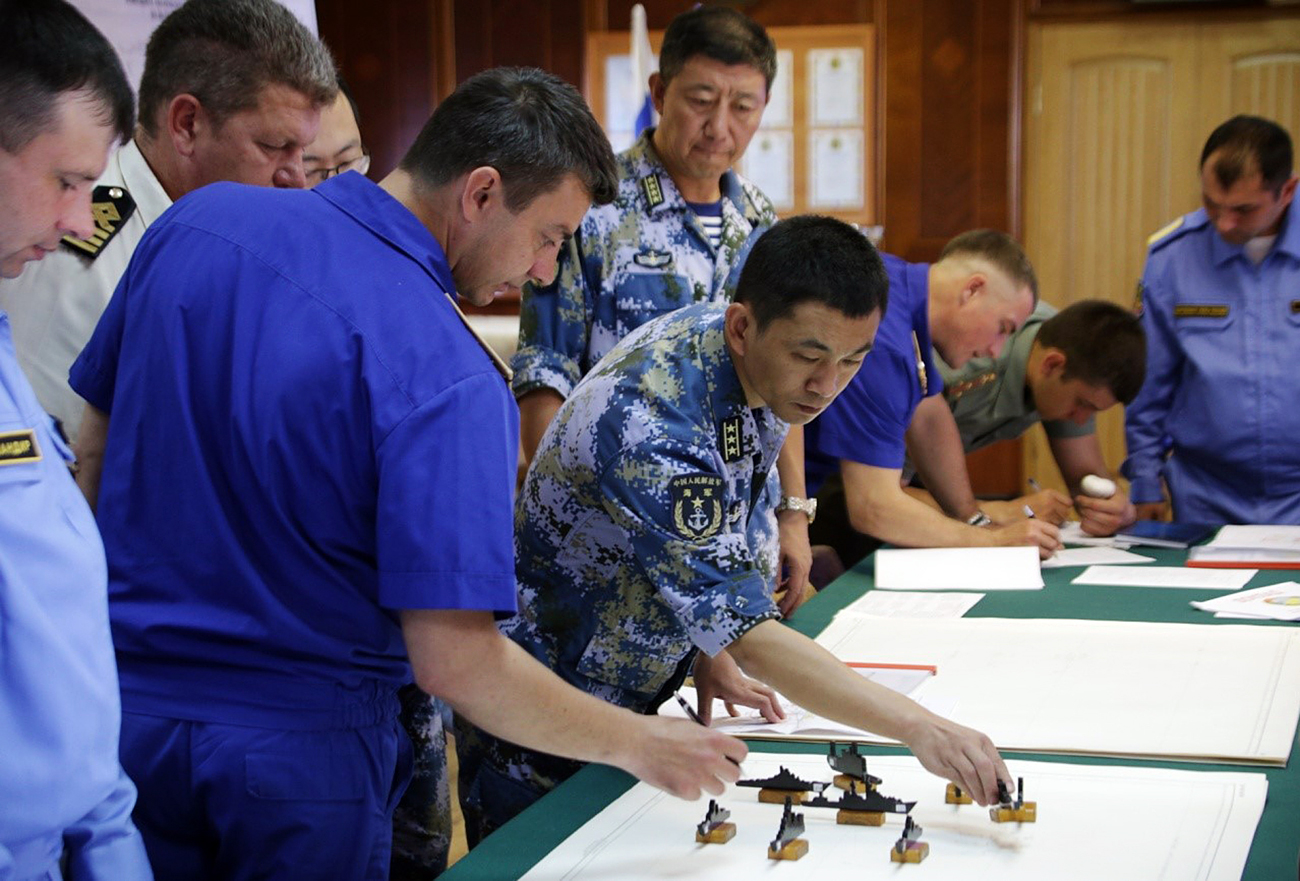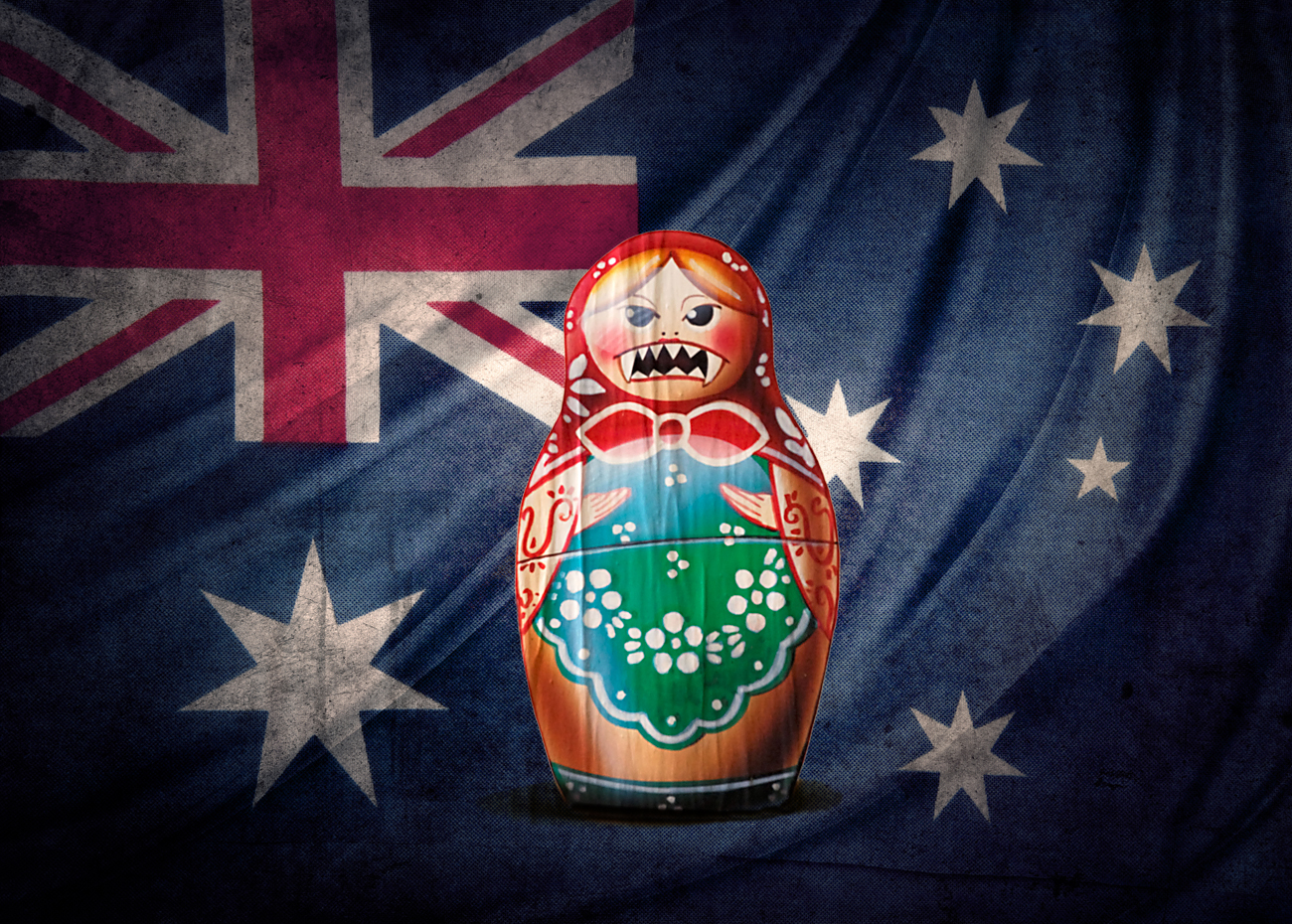Pacific pushback: How the Russia-China semi-alliance could stabilise Asia

The world will be watching the upcoming Russia-China naval exercises.
ReutersAmerica’s Pacific Pivot, which is aimed at counterbalancing China’s military expansion, has run into the Great Wall of China and Russia. According to the Chinese military, Beijing and Moscow are teaming up in an intriguing “semi-alliance” to launch naval drills in the South China Sea. Codenamed Joint-Sea 2016, the exercise will be held in September.
United in their desire to check American expansion in the Asia-Pacific, Russia and China have held a number of joint drills in recent times. Last year, it was in the Sea of Japan and in 2014 in the East China Sea. However, this is the first time the two countries will be conducting exercises in a hotly contested maritime zone where six countries are vying for control of economically and strategically important islands.
Adding to the intrigue is that the exact location where the exercises would be conducted hasn’t been communicated to the littoral countries. If the drills are held close to the disputed islands, it would complicate an already tense standoff. Since, it could send Russia’s close ally Vietnam flying into America’s arms, the odds are Moscow will insist the two navies play it safe and conduct drills in uncontested waters closer to Chinese shores.
 Tactical briefing on naval action scenarios on a sketch board during the Russian-Chinese "Joint Sea-2015" drills in the Mediterranean. Source: RIA Novosti
Tactical briefing on naval action scenarios on a sketch board during the Russian-Chinese "Joint Sea-2015" drills in the Mediterranean. Source: RIA Novosti
While from the outside it looks like both Russia and China are coming closer, the reality is they are not. Or at least not yet. Perhaps the Chinese military’s use of the term “semi-alliance” is an accurate pointer to the direction the Russia-China relationship could take. The joint exercise is a way for both countries to push back at the West.
From China’s point of view, the announcement of the joint drills came days after the Permanent Court of Arbitration in The Hague rejected Beijing’s claims to sovereignty across the South China Sea. The Chinese want to convey that if the West attempts to take sides in the disputes, it can along with Russia bring some high-octane firepower into the region.
For Moscow, which the West is trying to isolate via sanctions (the Olympics ban being the nadir of Russophobia) joint drills show it has friends in high places. There are also several strategic spinoffs. First up, by increasing the heat in the Pacific and forcing the U.S. to divert more resources and attention to this region, Russia can get America off its back in Ukraine and Syria. American military power is so stretched at the moment that Washington is outsourcing its Middle East policy to rank amateurs like Turkey, Saudi Arabia and Qatar, with disastrous results.
Russia’s assertive role
Reuters reported last month that the number of Japan Air Self Defense Force scrambles against Russian planes rose to a record 45 per cent to 359 during the year to March.The general Russian policy towards Asia has been to not take sides in territorial disputes. But this led to others, namely China and the U.S., playing the dominant role in the region. This changed recently when Russian Foreign Minister Sergei Lavrov and his Chinese counterpart Wang Yi issued a joint statement objecting to the U.S. trying to settle the South China Sea disputes despite not being a littoral State.
Lavrov has repeatedly stated that Moscow opposes the “internationalisation” of the South China Sea dispute. According to the Kremlin, the regional dispute should be solved solely by the parties concerned. Moscow is clear that external forces should not influence the settlement of disputes between neighbours. Moscow took a similar position when it supported China in its territorial dispute with the Philippines.
Back in strength
At the same time, Russia is backing up its words with plenty of might. Joint-Sea 2016 is in step with Moscow’s policy of increasing air and sea patrols in the Pacific. From California to Guam and Alaska, Russian long range bombers, maritime reconnaissance warplanes and nuclear armed submarines are everywhere. “[There’s been] a significant... increase in the amount of activity from Russia in the Asia-Pacific,” said Pacific Air Forces commander Gen. Herbert Carlisle.
Speaking at the Center for Strategic and International Studies think tank in Washington, D.C., Carlisle said Russia has been demonstrating its capabilities and gathering intelligence on U.S. military exercises in the Pacific.
In the Far East, the military will deploy state-of-the art Bal and Bastion anti-ship missile systems and new drones to the southern Kurils, which Japan claims. The anti-ship missile systems to be deployed on the disputed islands are capable of hitting targets more than 300 km away.
 Chinese and Russian naval vessels participate in the Joint Sea-2014 naval drill outside Shanghai on the East China Sea. Source: Reuters
Chinese and Russian naval vessels participate in the Joint Sea-2014 naval drill outside Shanghai on the East China Sea. Source: Reuters
Russia is also building up its submarine force in the region. According to Russian military analyst Dmitry Gorenburg, “The Pacific Fleet is likely to become Russia's largest fleet over the next decade in recognition of the region's increasing geopolitical importance and the concentration of naval powers in the region.”
Russia expects to replace its Cold War submarines with a total of 12 Borei SSBNs – submarines that are nuclear powered and carry nuclear tipped ballistic missiles. The navy plans to locate six of these mighty subs in the Pacific Fleet.
Russian air power is also keeping in step. Reuters reported last month that the number of Japan Air Self Defense Force scrambles against Russian planes rose to a record 45 per cent to 359 during the year to March. The North American Aerospace Defense Command (NORAD) intercepted in excess of 50 Russian long-range bomber aircraft during the past five years.
Base instincts
As part of this high-powered military build-up, Russia is strengthening its military bases as well. According to Defense Minister Sergei Shoigu, Russia is mulling the possibility of setting up a naval base on the Kuril Islands. Ships of Russia's Pacific Fleet will visit the area to study possible locations, he said.
Russian military presence in the massive Cold War base of Cam Ranh Bay in Vietnam is currently minimal, with a handful of Russian Tu-95 strategic bombers occasionally using it for refuelling, but Hanoi is keen for the Russians to have a larger presence.
Russia is now attempting to win friends in the South Pacific where it is a major weapons supplier to Fiji. As the island nation weans itself away from western influence as part of its Look North Policy, Russia could acquire a base here. Chinese spying vessels disguised as fishing trawlers are thought to be spying on US Navy bases in the area and the Russians could emulate Beijing one day.
Endgame
Attack is the best form of defense, goes a military maxim. Instead of waiting around for the U.S. bloc to bear its military might against Russia and China, the two countries have decided to pre-empt the West by offering a united front.
More than a pushback, the Russian presence could have a stabilising impact region wide. Since most nations in Asia deeply mistrust the Chinese, Russia’s quiet pivot to the Asia Pacific is welcome news to some of Moscow’s traditional friends that are also China’s regional adversaries. According to Miles Maochun Yu, professor of East Asia and military and naval history at the United States Naval Academy, “Some nations caught in the midst of the China-U.S. crossfire are also relieved to find an active Russia as a new go-to safe place in Asia Pacific.”
Rakesh Krishnan Simha is a New Zealand-based journalist and foreign affairs analyst, with a special interest in defence and military history. He is on the advisory board of Modern Diplomacy, a Europe-based foreign affairs portal. He tweets at @byrakeshsimha. The views expressed here are the author’s own and do not necessarily reflect those of RBTH.
Read more: Is Russia shifting its Asian economic focus away from China?
All rights reserved by Rossiyskaya Gazeta.
Subscribe
to our newsletter!
Get the week's best stories straight to your inbox
